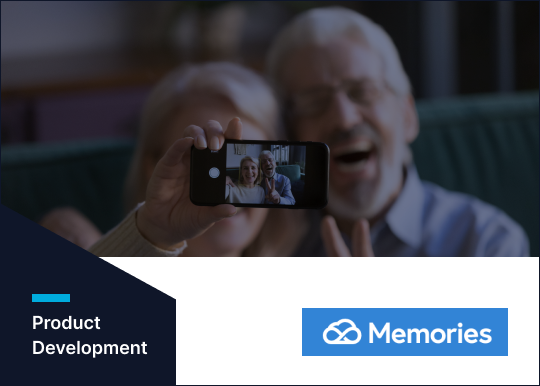Has your product focus shifted in recent months because of the economy? It’s not easy to maintain previous levels of engagement and growth when consumer habits continue to change and cost-effectiveness is king.
But that doesn’t mean product development has to stall or stop. In fact, the right approaches and investments in tech can help you emerge even stronger on the other side.
That’s exactly what we discussed at a recent face-to-face event in Sydney. We caught up with some of our key DiUS partners to get their insights and advice on strategies that organisations and teams could use to prioritise tech innovation, operational efficiency, and customer experiences whilst dealing with the economic slowdown.
We heard from Roby Sharon-Zipser, CEO & Co-Founder of hipages Group, Brenton Worley, CTO Memories Group, and our very own Kurt Brown, Head of Delivery at DiUS.
Here are some of our key takeaways:
Invest in a holistic product strategy that is customer centric and can adapt to new trends by focusing on three stages…
- ‘The Now’ – Invest in retention and cementing loyalty by continuing to meet customer needs.
- ‘The Near Future’ (next 3-6 months) – Consider new innovations targeting the same/similar customer base but with an iterated product for increased engagement.
- ‘The Future’ (two years from now) – Review current market trends to identify any expansion in your current customer base and market segments you can build for in the future. Consider small pivots that allow you to test for new segments while keeping your current customers.
Know your numbers – aka unit economics for your business
- Understand the ratio of a customer’s lifetime value vs. the business costs to acquire that customer.
- Encourage your team to create a rock solid business case that focuses on your audience. Prototype and test early to validate your assumptions.
- Do your market research to build confidence.
- Review the current and upcoming economic trends and evaluate the strengths and weaknesses of your product relative to the current market.
- Be willing to learn and pivot if needed.
Invest in AI and machine learning tools
- Consider these emerging technologies as avenues that could complement your teams and increase productivity.
- Think about business problems that could be solved by AI and machine learning then research off-the-shelf tools. If these tools show early signs of promise and potential, you might want to think about a custom-built solution or PoC.
- Tools such as ChatGPT have proven that the barrier to entry for AI and machine learning is lower than many people think. It’s a lot easier to introduce optimisation and automation into both internal processes and customer experiences than previously thought.
Focus on fostering talent
- Expand your hiring practices to include the person’s curiosity and ability to learn and innovate rather than purely on skillset and experience.
- Support your teams during uncertain and turbulent times by being an empathetic leader. Encourage teams to fail-fast and promote a safe environment to foster innovation.
We’d like to thank Roby, Brenton and Kurt for being part of our panel for what was a fantastic evening in the Sydney sun. Discover more about our work with hipages and Memories below, along with a blog post from Kurt on delivery best practice.
Creating a seamless digital experience for tradies on the go by transforming the Tradiecore product across multiple mobile platforms.
Memories increased subscribers to its online memorial platform by improving the digital experience for both consumers and business resellers.
Don’t worry if you missed this event either; you can stay up-to-date with all things DiUS by signing up to our newsletter below or following us on LinkedIn. We’ll send you updates and invitations to all our virtual and in-person events, as well as news and insights from the team.



